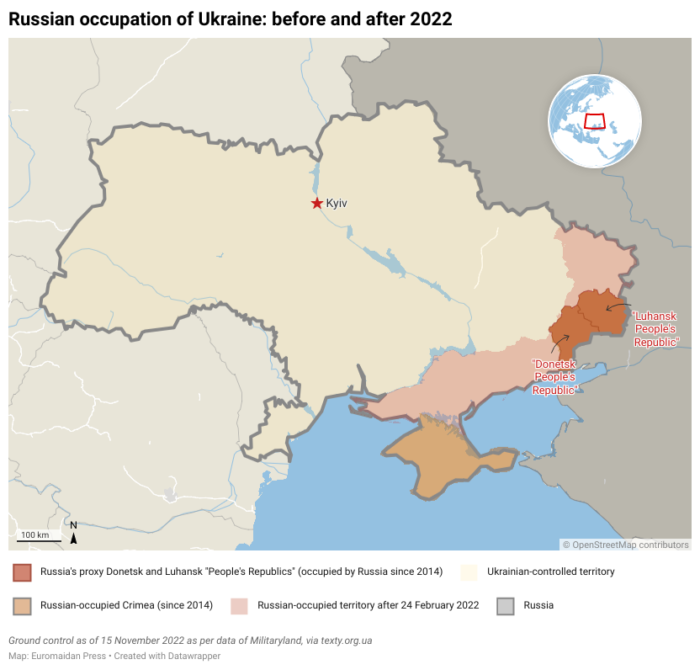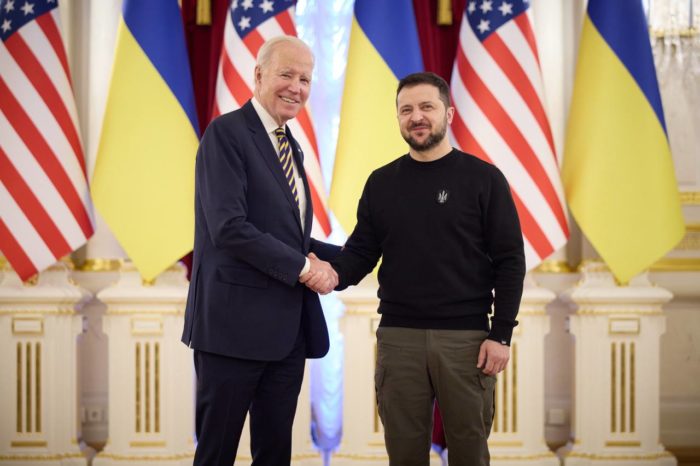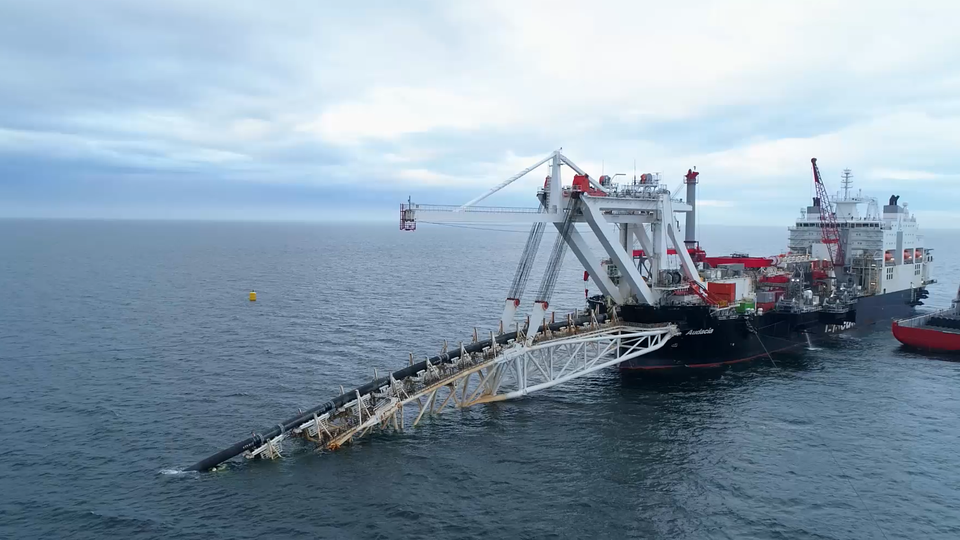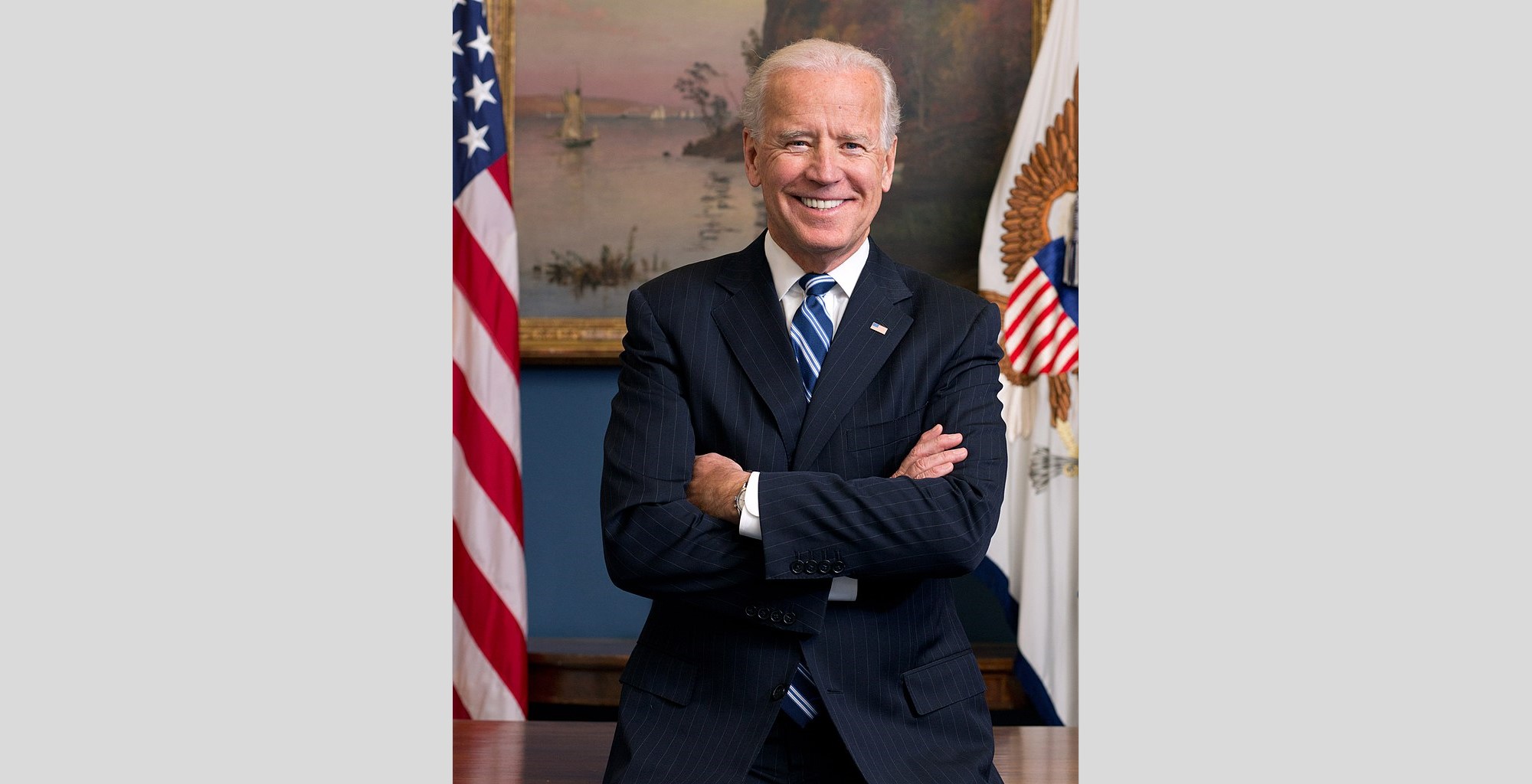Update: the White House has claimed that the NZZ report is "not accurate," according to Newsweek.
The Swiss newspaper Neue Zürcher Zeitung has offered an explanation for why German Chancellor Olaf Scholz's decision to send much-awaited Leopard main battle tanks to Ukraine was so delayed, accompanied by chaotic messaging, and came so suddenly.
The decision, made on 24 January after months of Kyiv's imploring for heavy weapons, unblocked a coalition of other countries to send their Leopards, the main battle tanks believed to be crucial for Ukraine to retake land occupied by the Russians. The countries were waiting for German permission to supply the German-made tanks.
Citing two German foreign policy politicians, who refused to be named because of the "explosive" information, the NZZ reports that in mid-January, US President Joe Biden instructed CIA chief William Burns to assess whether Kyiv and Moscow were willing to negotiate. Kyiv was offered peace for land, and Moscow - land for peace.
The "land" is said to have been about 20% of Ukrainian territory - which is currently what Russia occupies.

Both sides, the two politicians report, refused:
"The Ukrainians because they are not willing to have their territory divided, the Russians because they assume they will win the war in the long run anyway."
According to the two German politicians, Biden wanted to avoid a protracted war in Ukraine and was prepared to give up parts of the country - a view started by many in Washington.
As the politicians explained, there is a possible split in the US government on Ukraine.
- On the one hand are security adviser Jake Sullivan and CIA chief Burns. They wanted to end the war quickly so they could focus on China.
- On the other side are Secretary of State Antony Blinken and Secretary of Defense Lloyd Austin. They did not want to let Russia get away with destroying the rules-based peace order and called for massive military support for Ukraine.
After Burn's diplomatic mission failed, Biden gave in to Scholz's (subsequently denied) request to send Abrams tanks, despite initially planning to provide a three-digit number of armored personnel carriers and other weapons and leave the tanks to the Europeans.
Scholz did not expect this, and on 24 January, the German Foreign Ministry was instructed to keep spreading the message that the tank coalition had not made up its mind and "still has a need for discussions." NZZ has seen the classified paper with this communication.
And so on 24 January, after media reported on the US and German decisions to supply tanks, the Foreign Ministry had to withdraw its previous instructions.
"The process allows two conclusions. First: [Foreign Minister] Baerbock apparently knew nothing about the decision in the Chancellery. Scholz apparently met them without informing the most important representatives of his coalition partners in good time.
Second, this would be an indication that Scholz was surprised by the events in Washington. He assumed to the last that Biden would follow the line of CIA chief Burns and security adviser Sullivan," NZZ writes.
Scholz's narrative of a long-term plan agreed with the US and France is questionable, as it appears that to the last moment, he wanted to get around the tank issue, while Biden was adamant that the US was to supply only IFVs while Europeans would give tanks.
Furthermore, NZZ interprets the chaotic situation with the inventory of tanks at the Bundeswehr, when the German Defense Minister claimed at the Ramstein defense aid meeting for Ukraine that he did not know how many tanks he had.
This claim is unrealistic, the NZZ writes - the Bundeswehr always maintains an inventory of such important weapons. (As well, Spiegel later reported
that since the summer of 2022, the Bundeswehr knew it could give Ukraine 19 of the available 212 tanks).
"Union politicians express the suspicion that the chancellor's office has forbidden the defense ministry from even planning to deliver tanks to Ukraine," NZZ writes, adding that to the last moment, Scholz wanted to avoid giving tanks to Ukraine because he was certain Biden would not, either.
A previous version of this article incorrevtly referred to NZZ as a German newspaper
Related:
- Germany could send 19 Leopard tanks to Ukraine from available 212 – Spiegel
- If Germany won’t free the Leopards, Poland to build a smaller coalition to send tanks to Ukraine – PM Morawiecki
- 300 tanks for Ukraine: who could give it the gear to beat Russia
- Not only Leopards: Poland ready to send 60 modernized Soviet-era tanks to Ukraine, Polish PM says
- Russia’s invasion spurs debate on how Switzerland can help Ukraine with tanks – Bloomberg
- Spain to send up to six Leopard 2A4 tanks to Ukraine – El País
- Canada to send four German-made Leopard 2 tanks to Ukraine in the coming weeks





